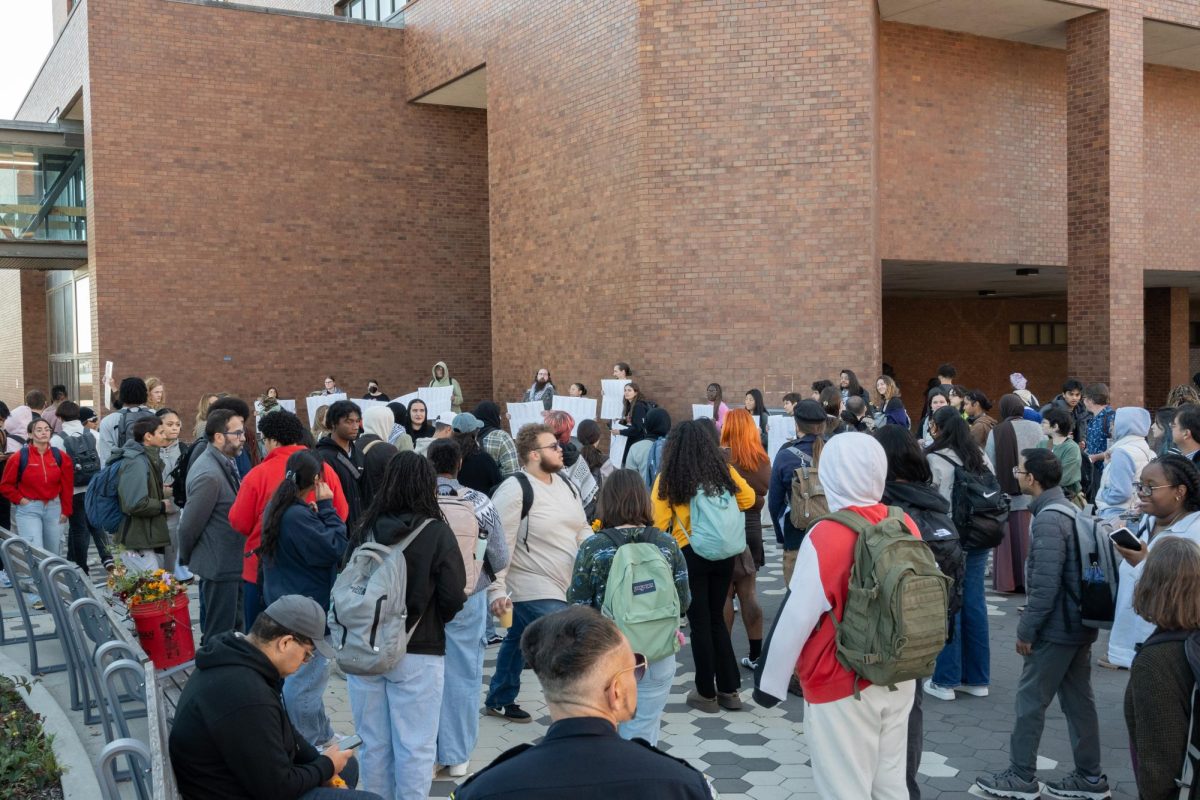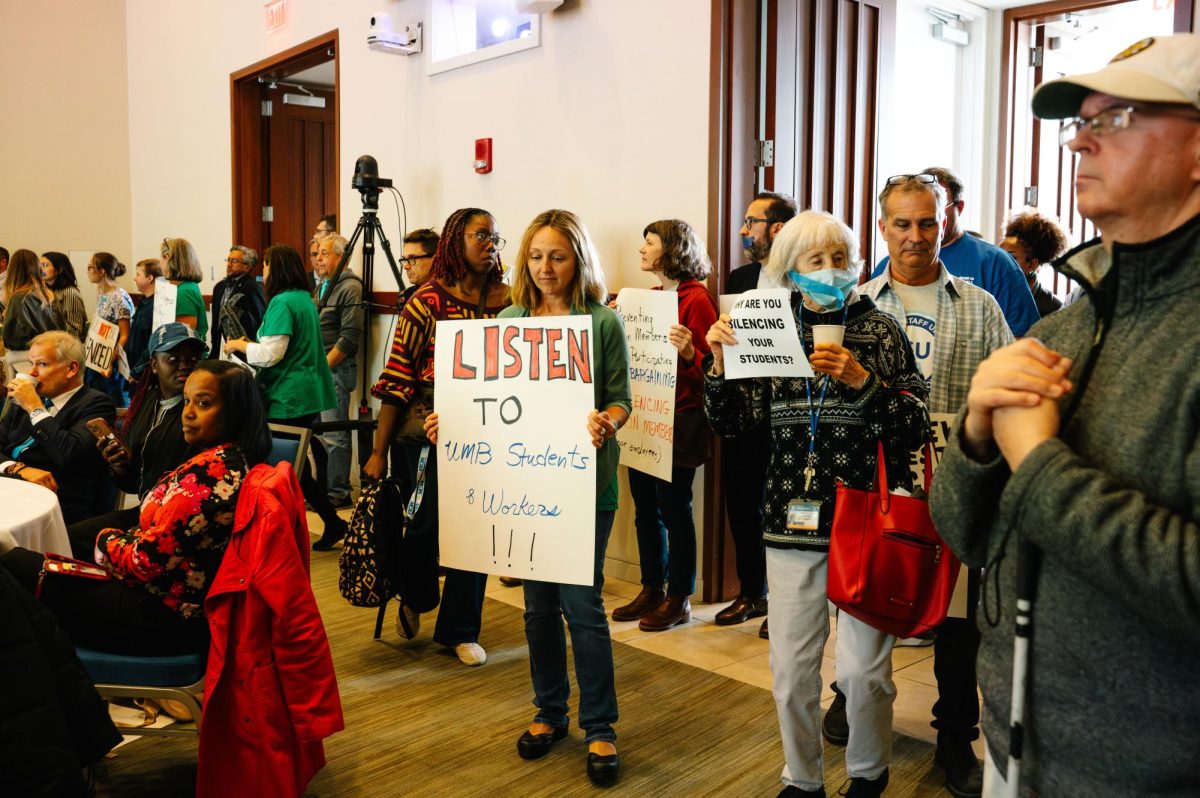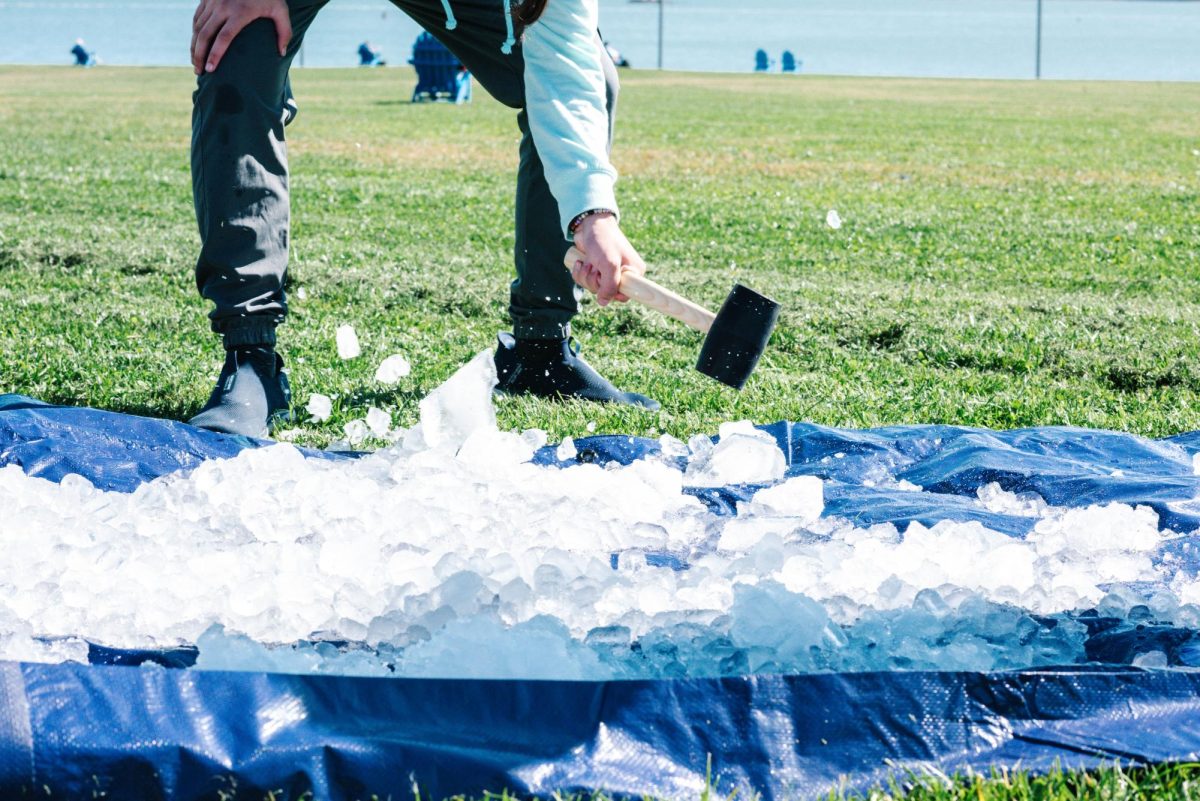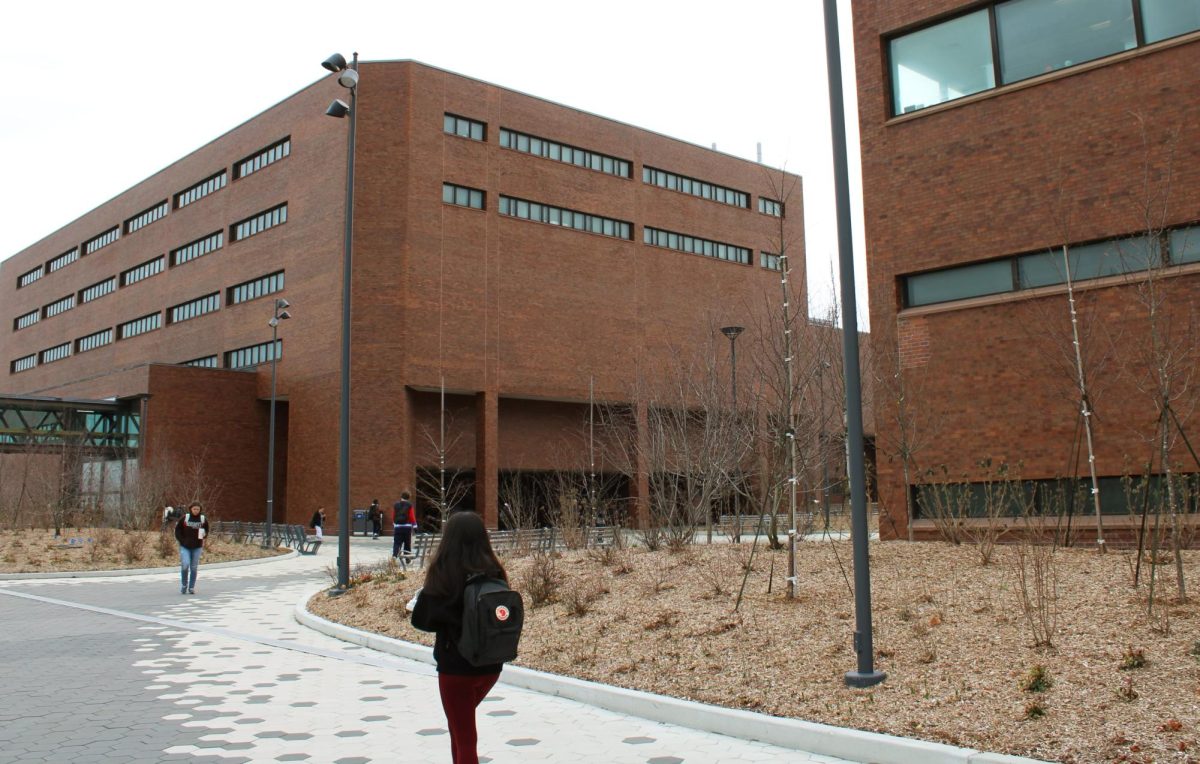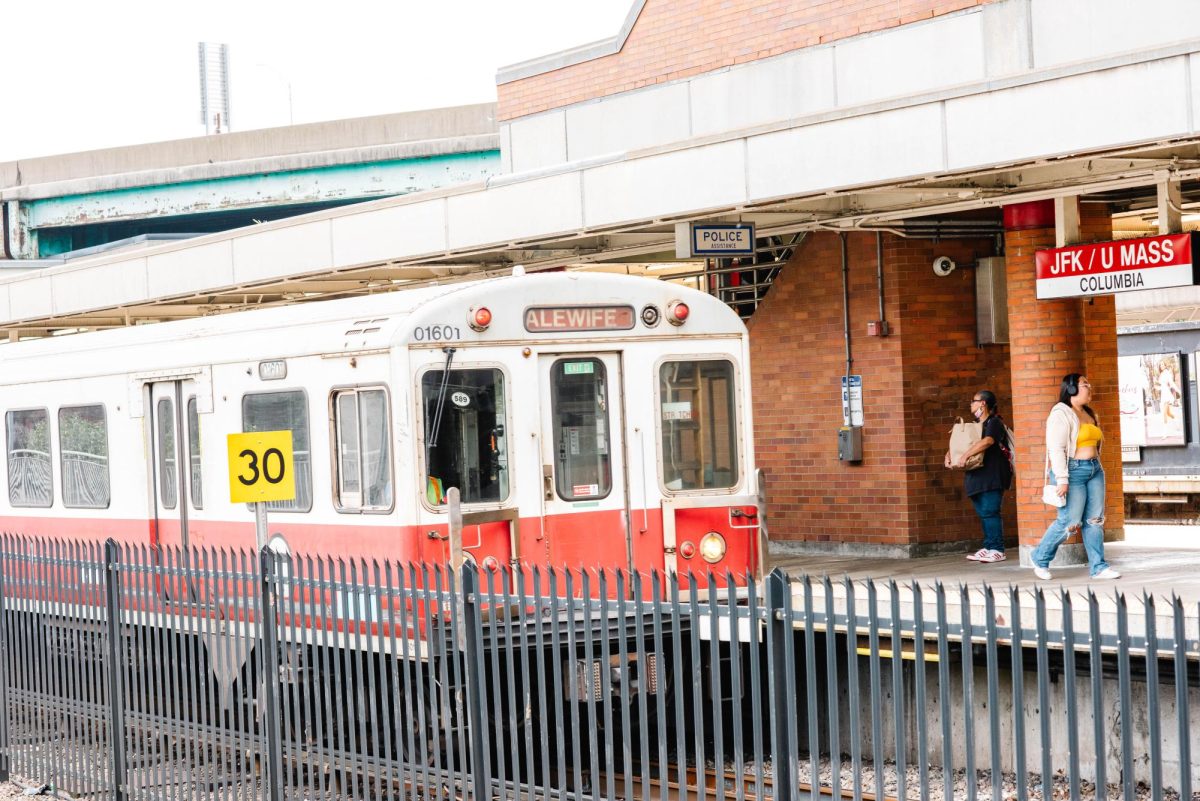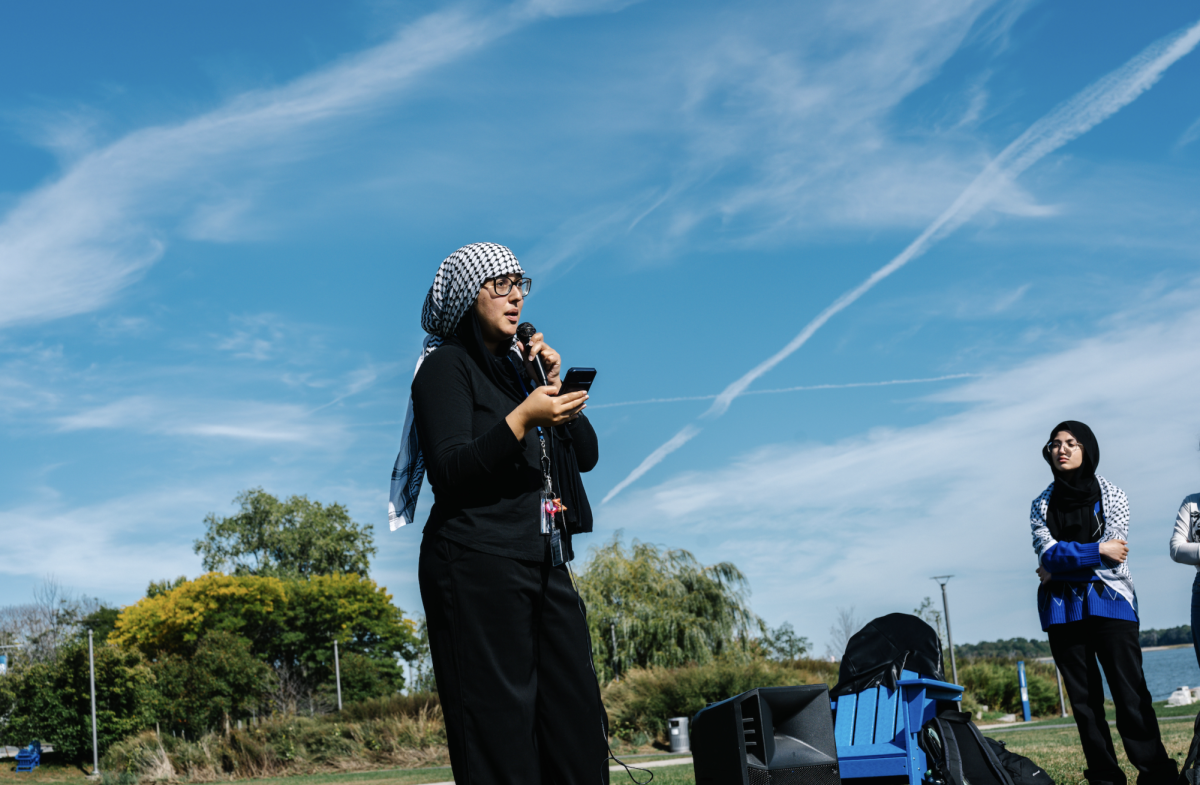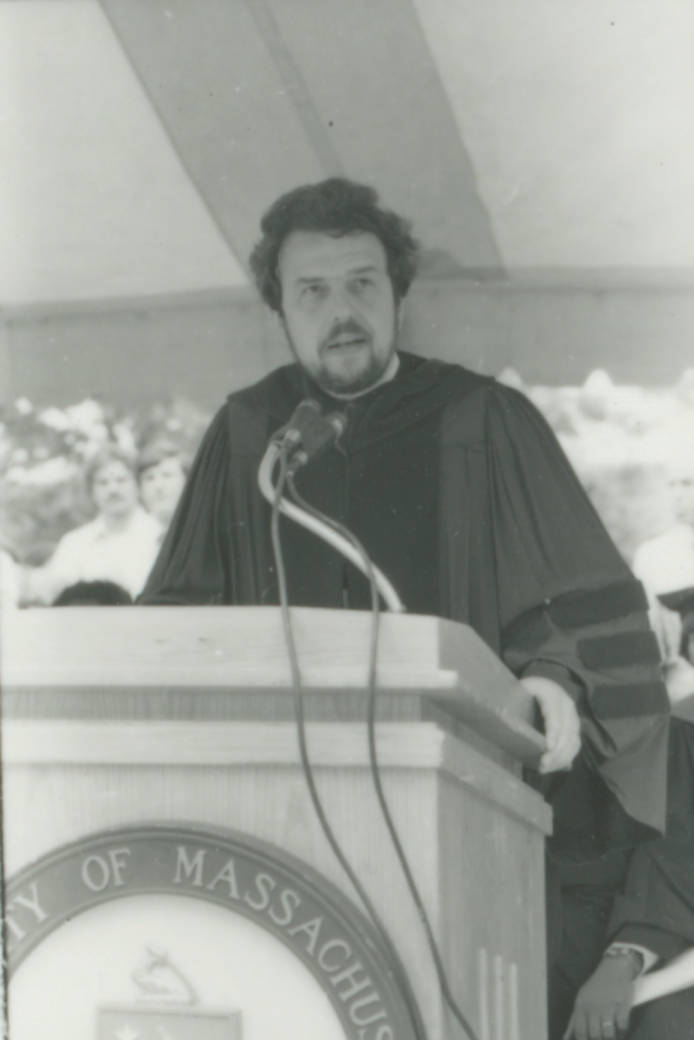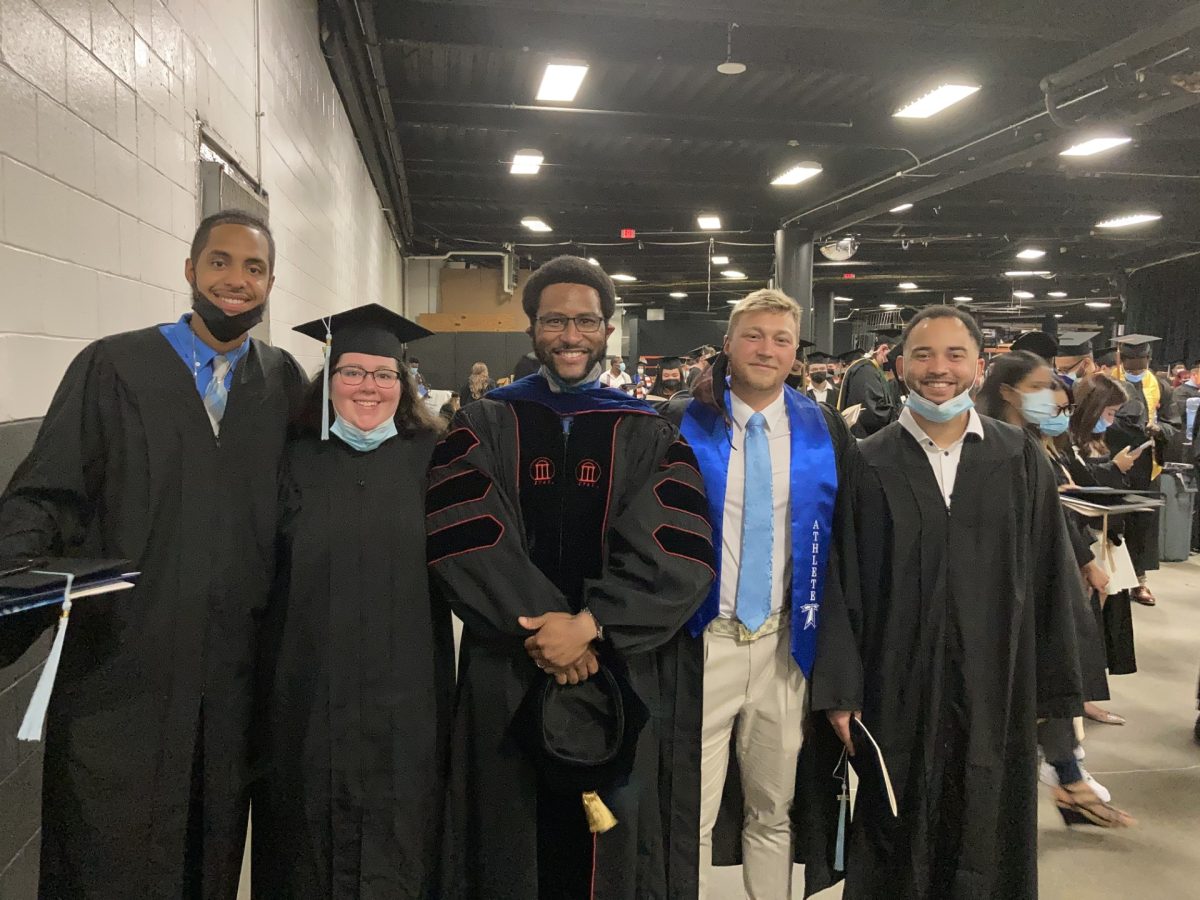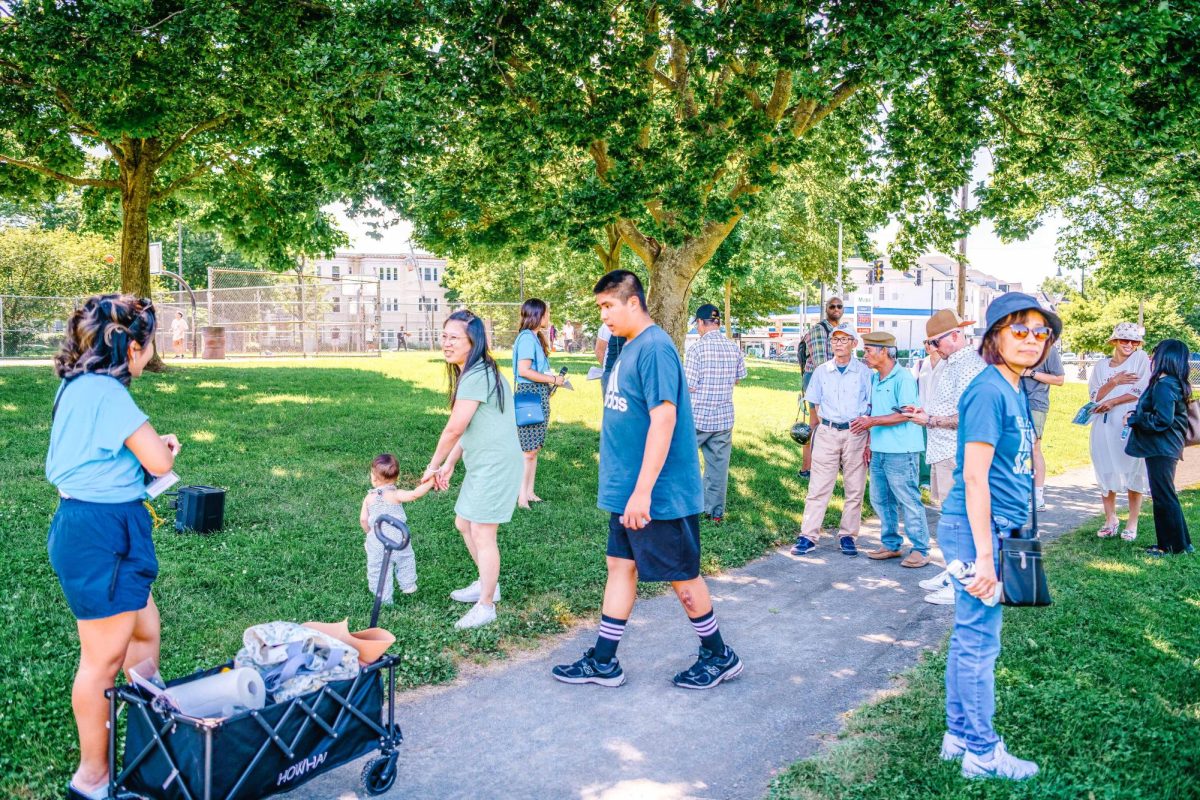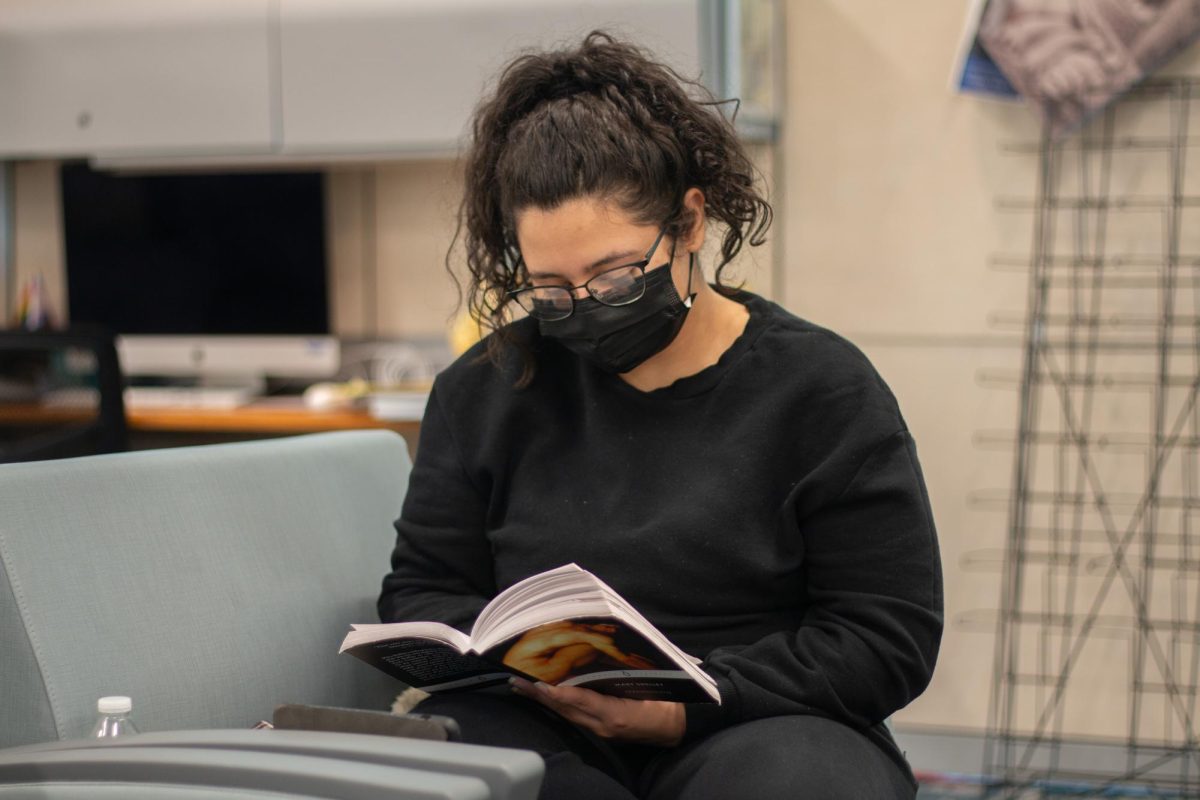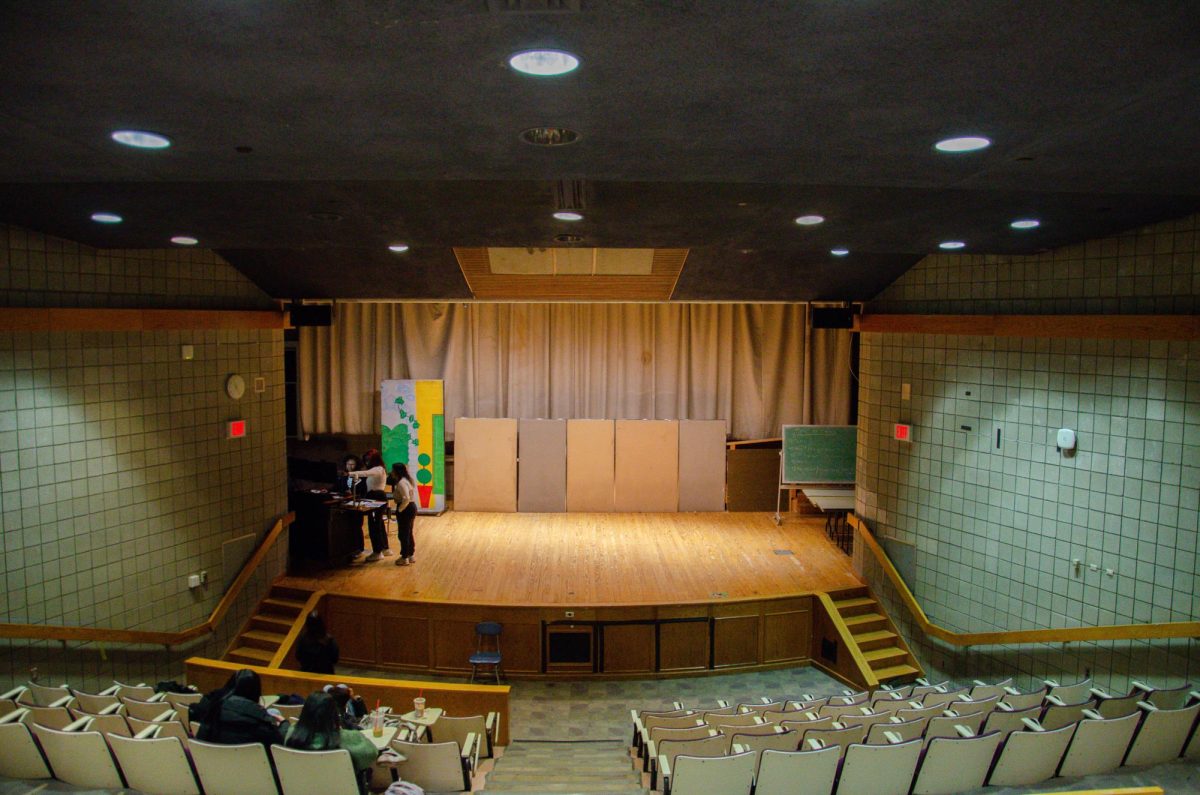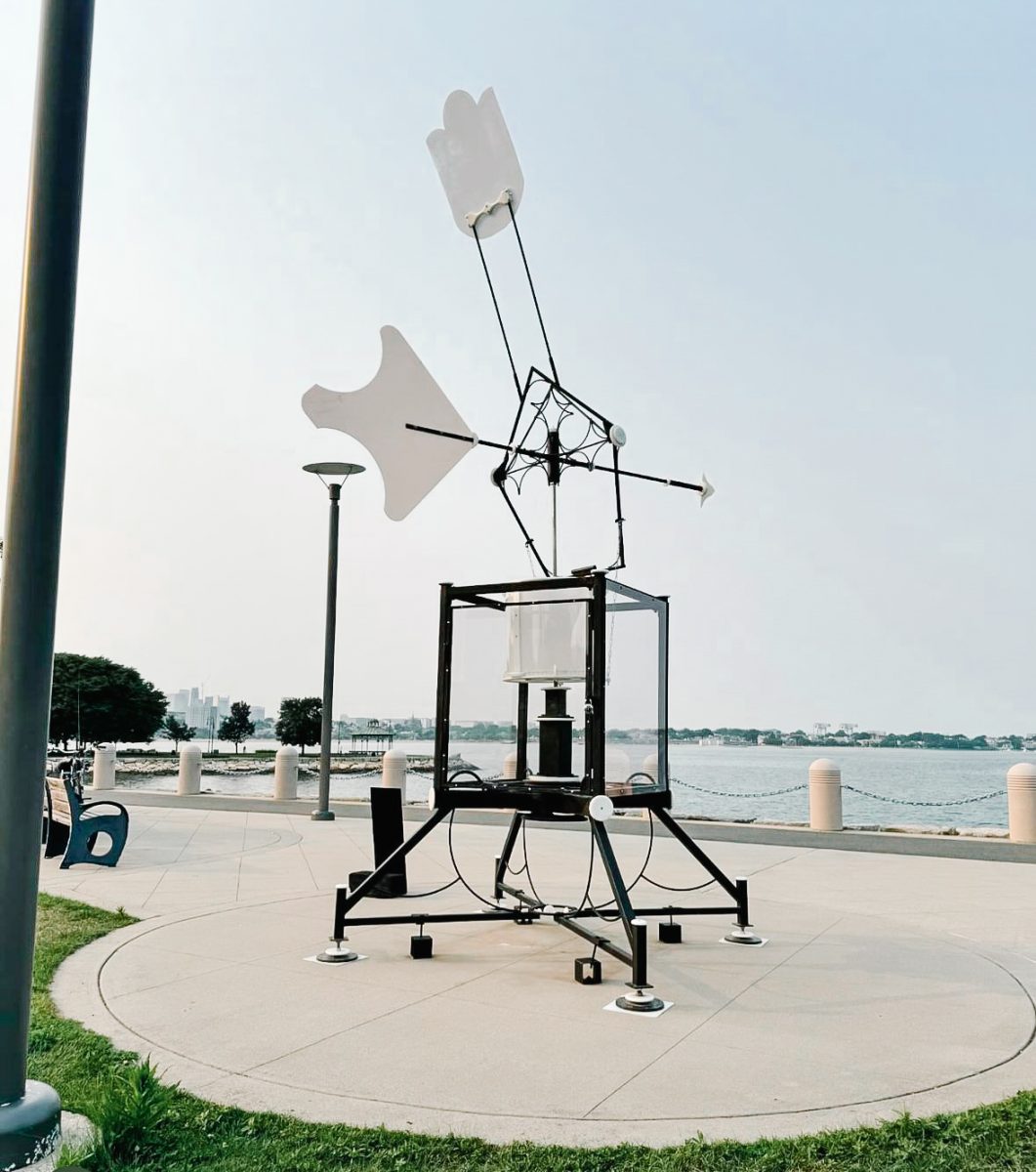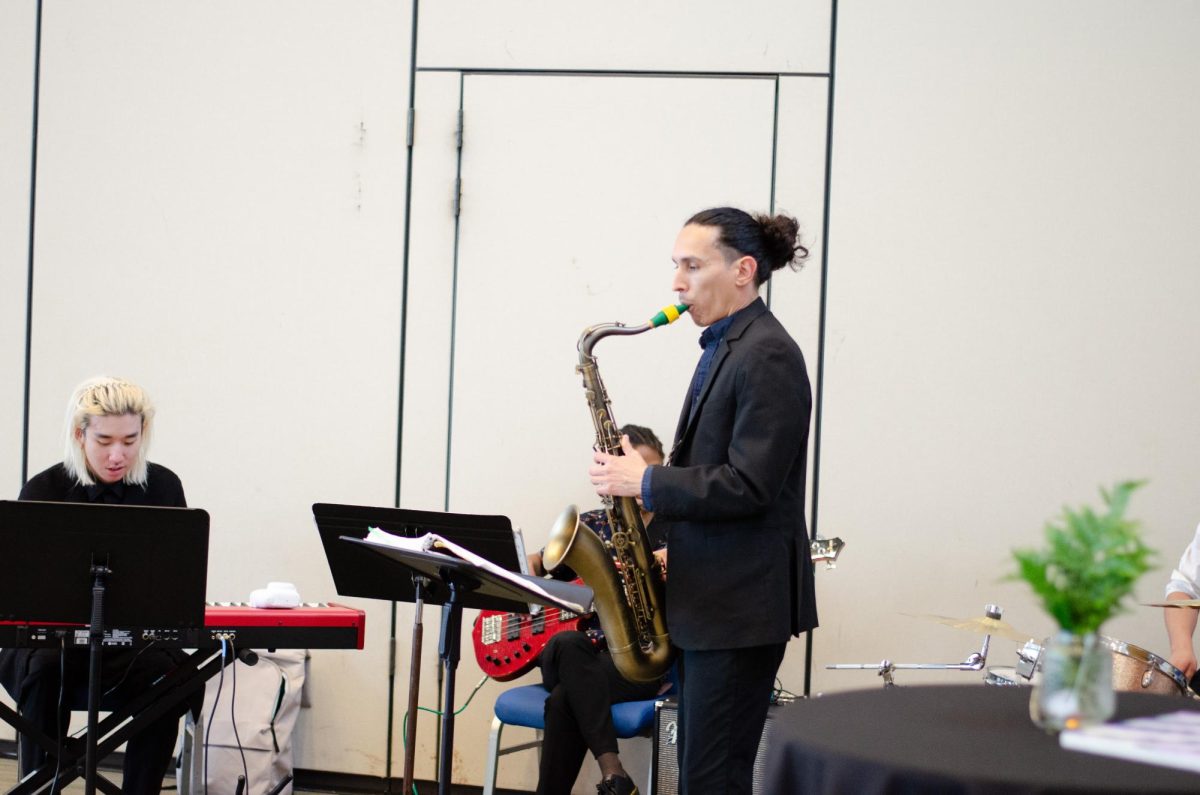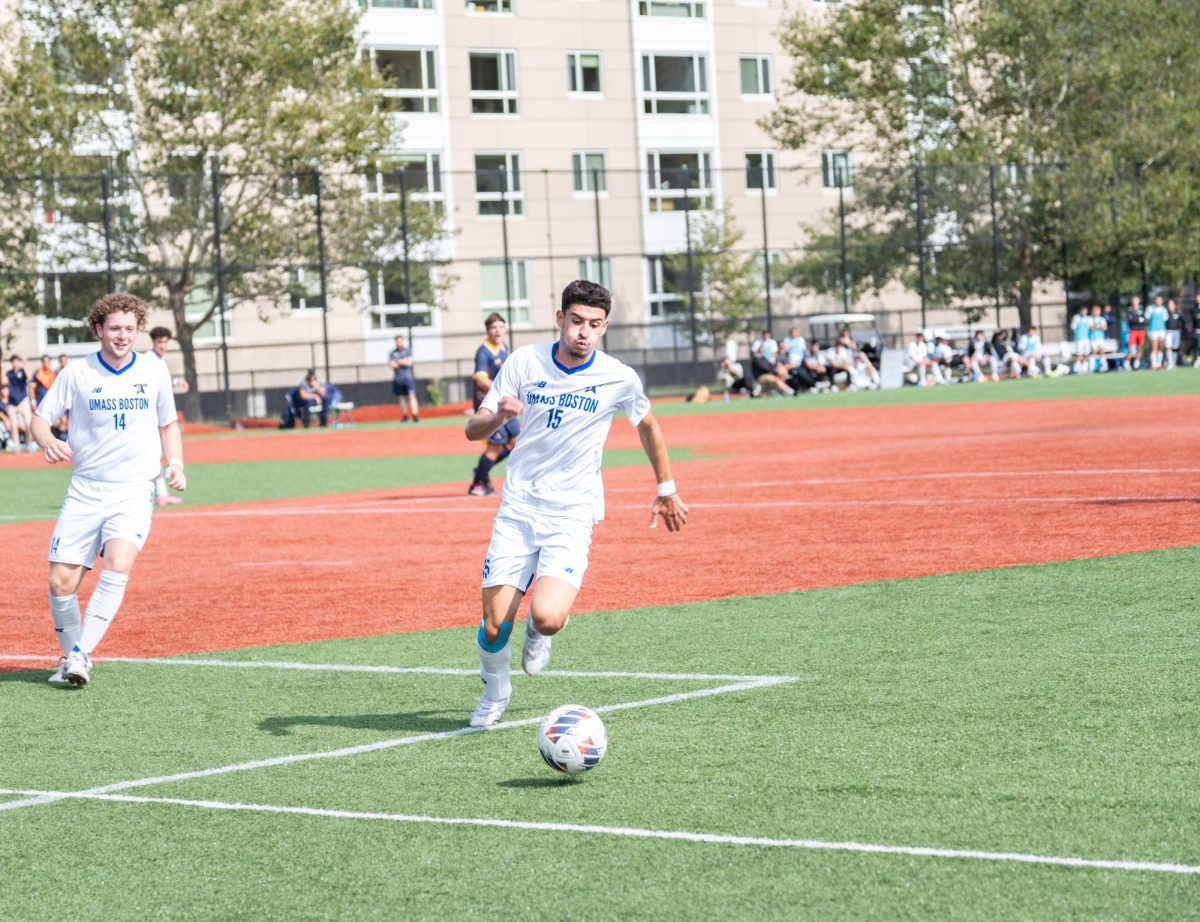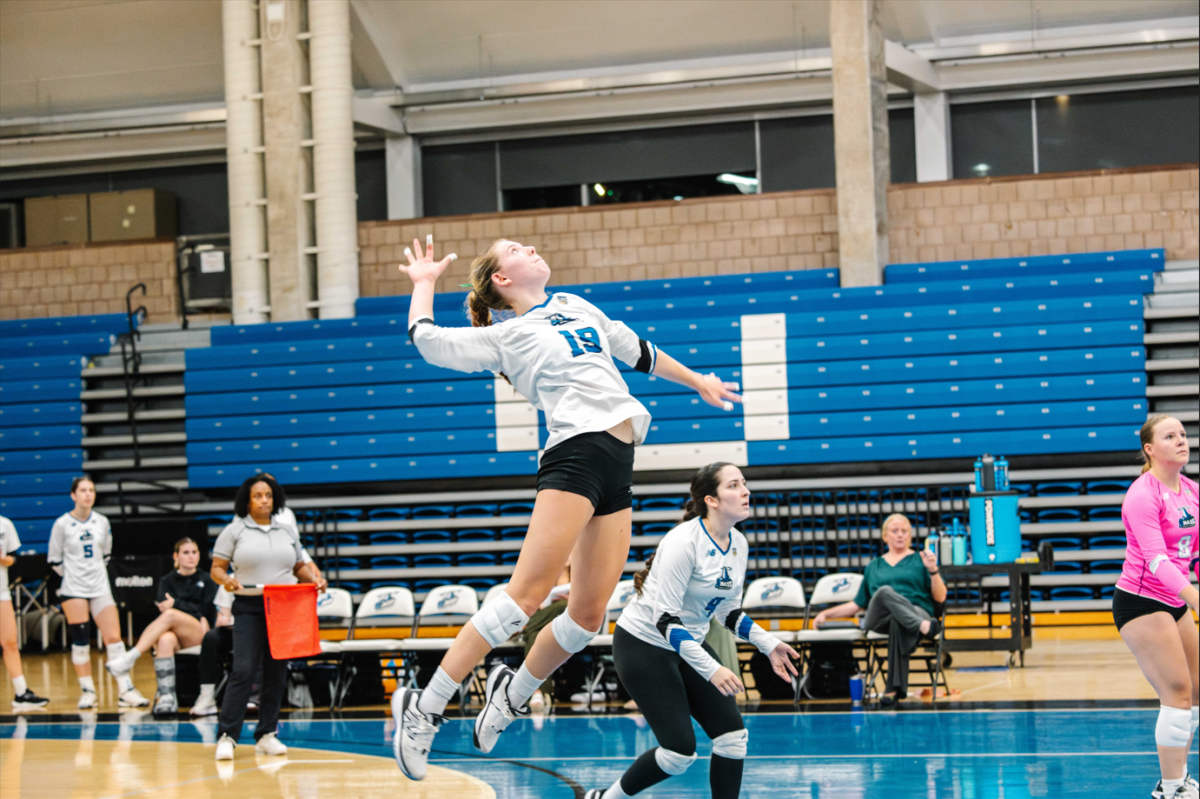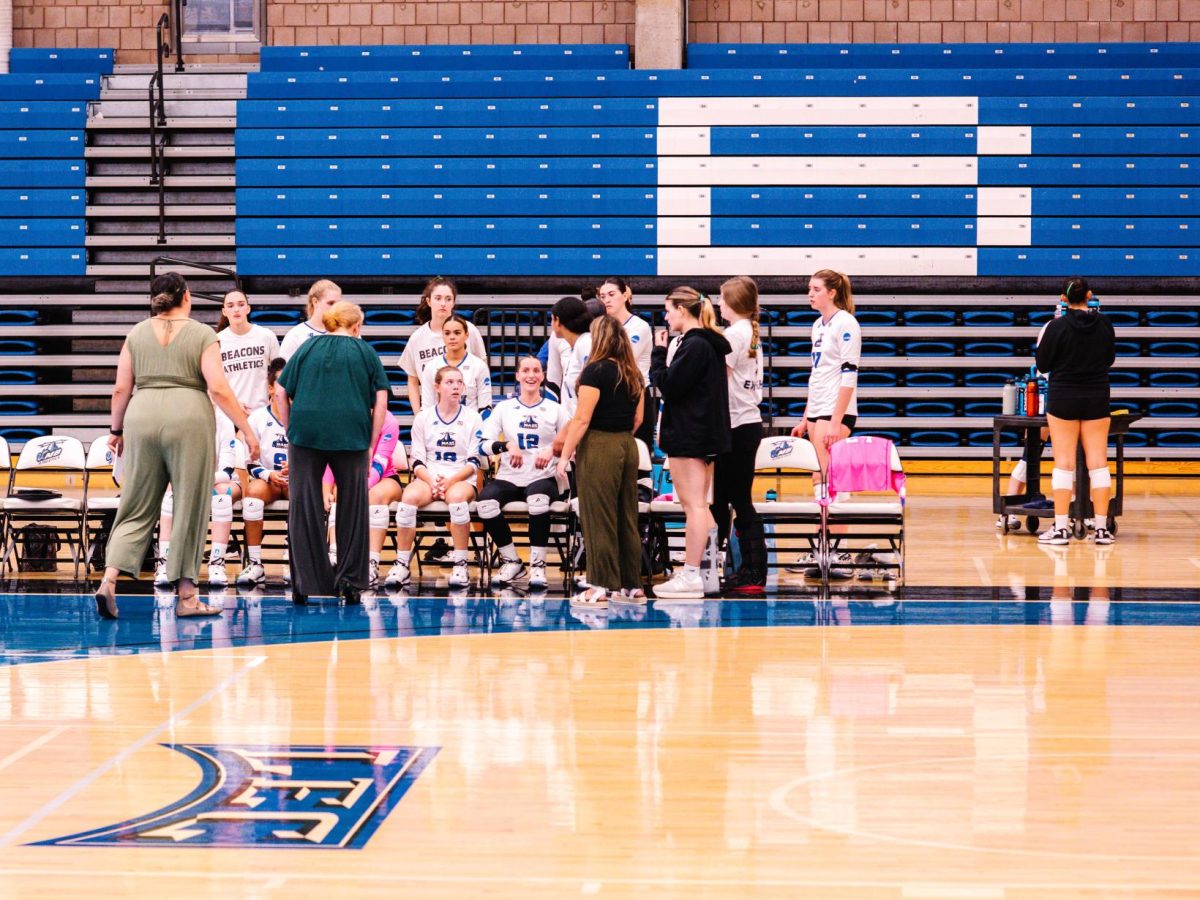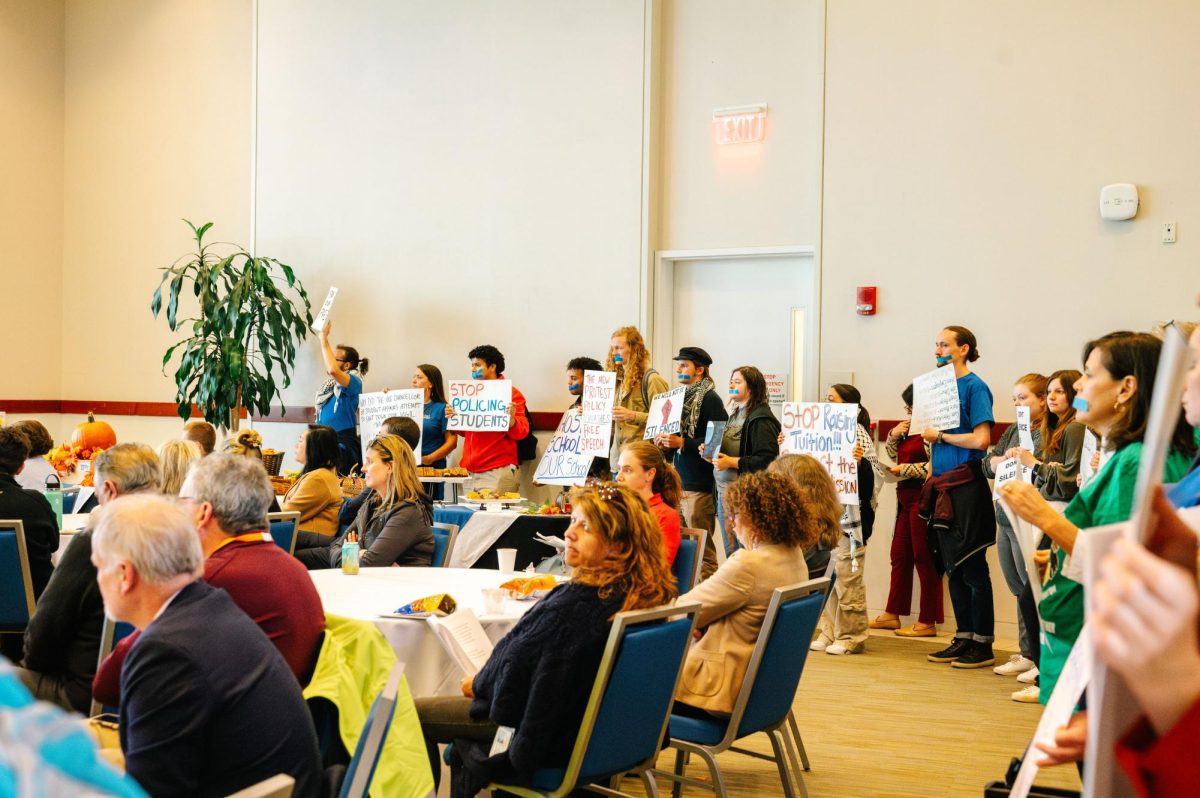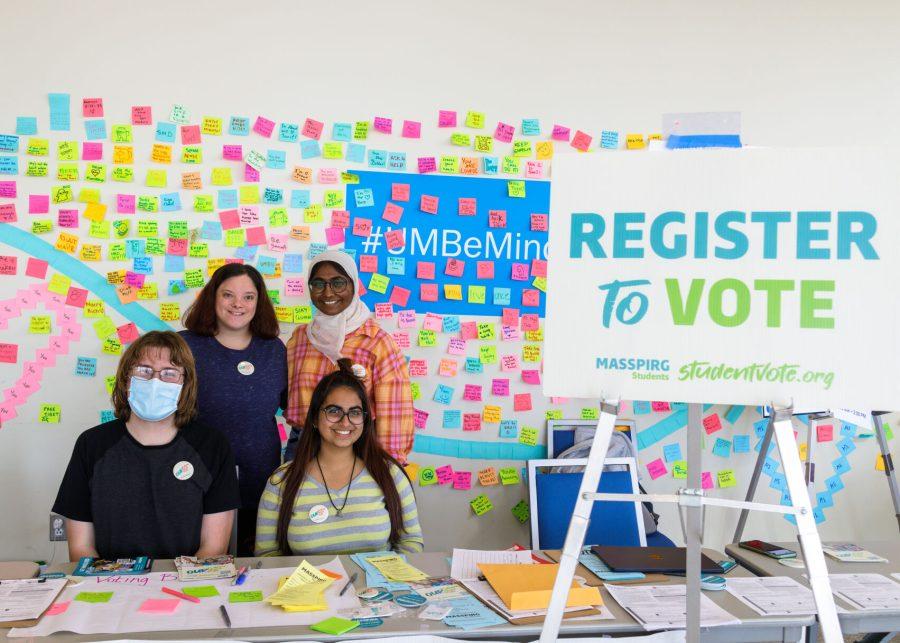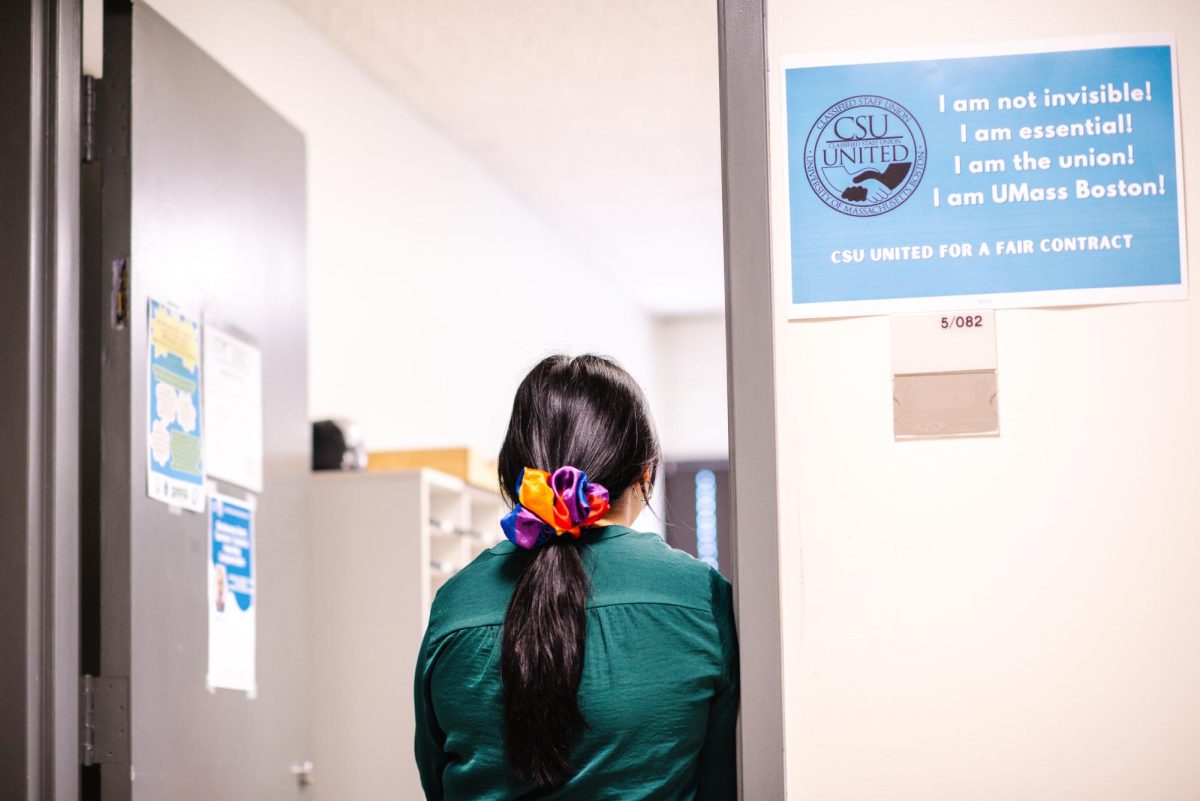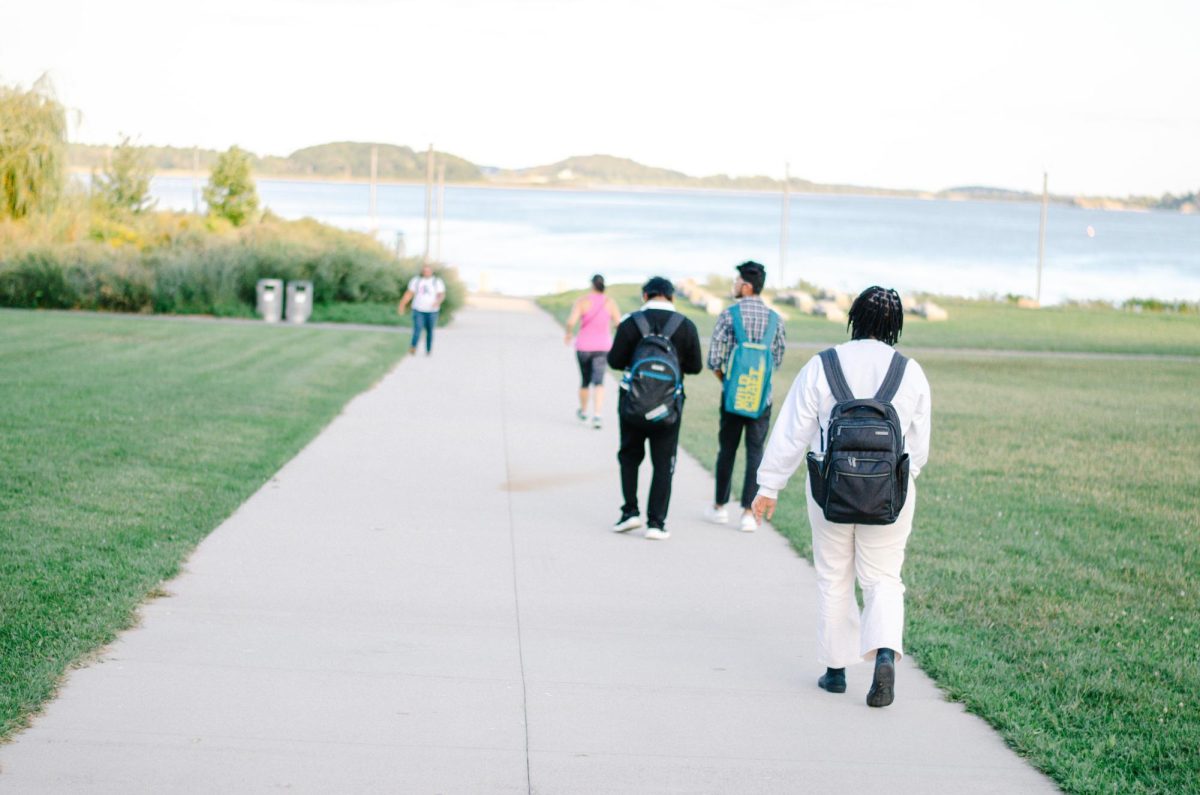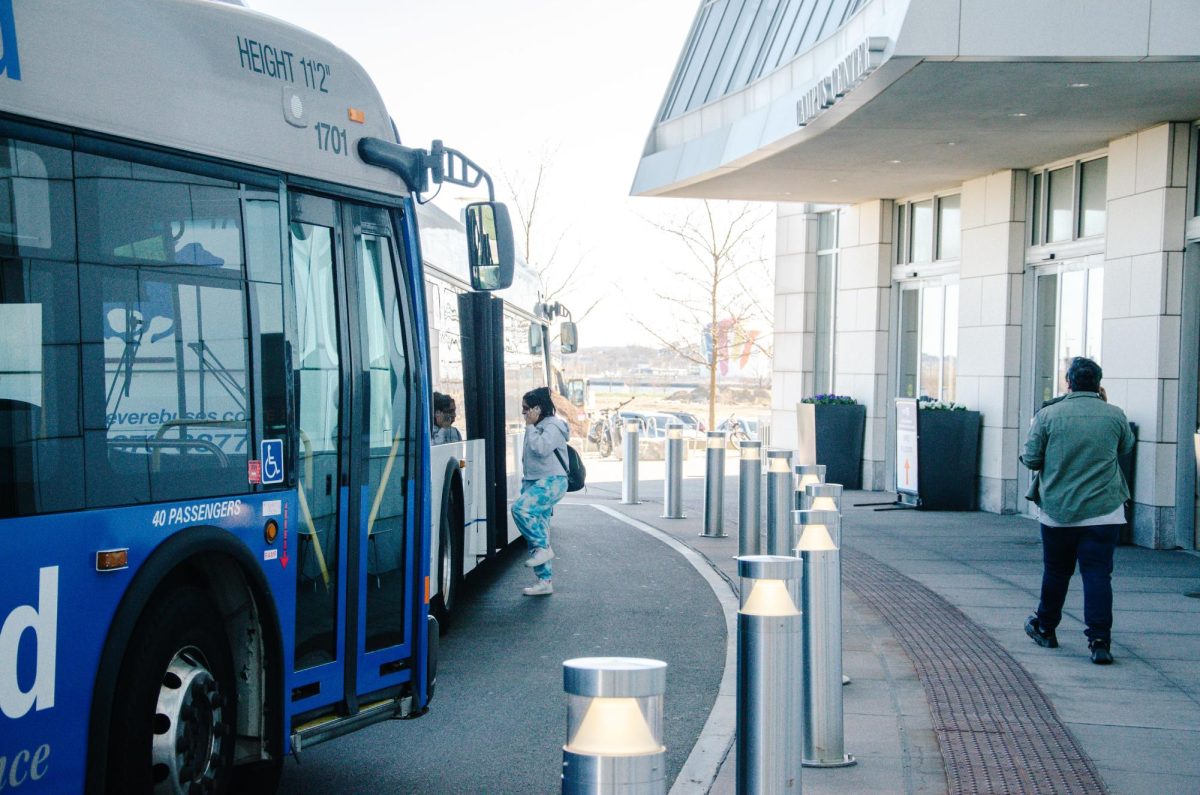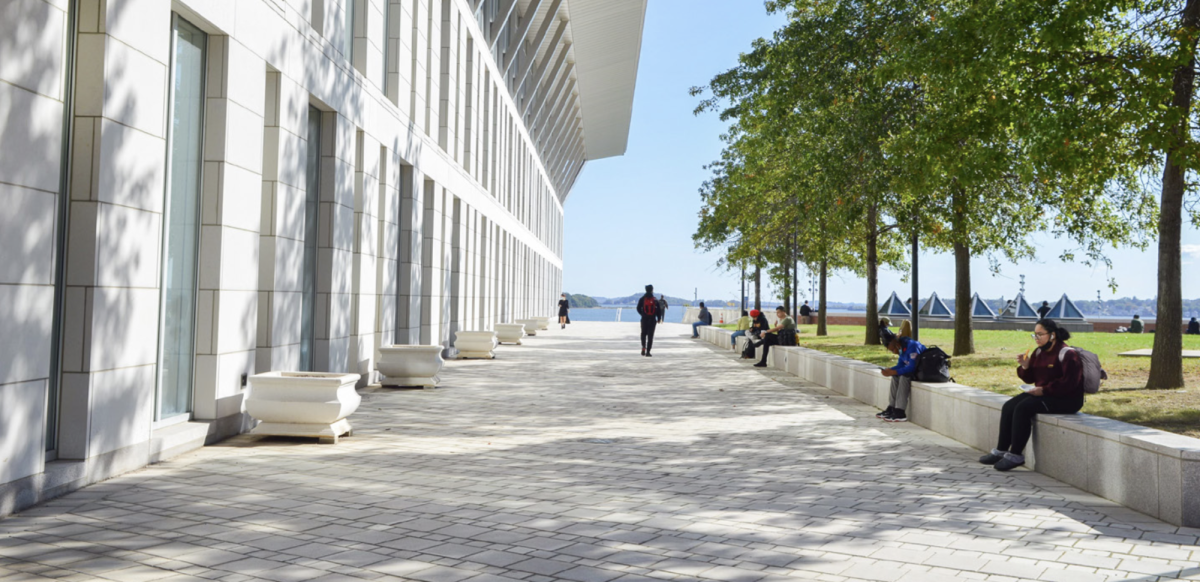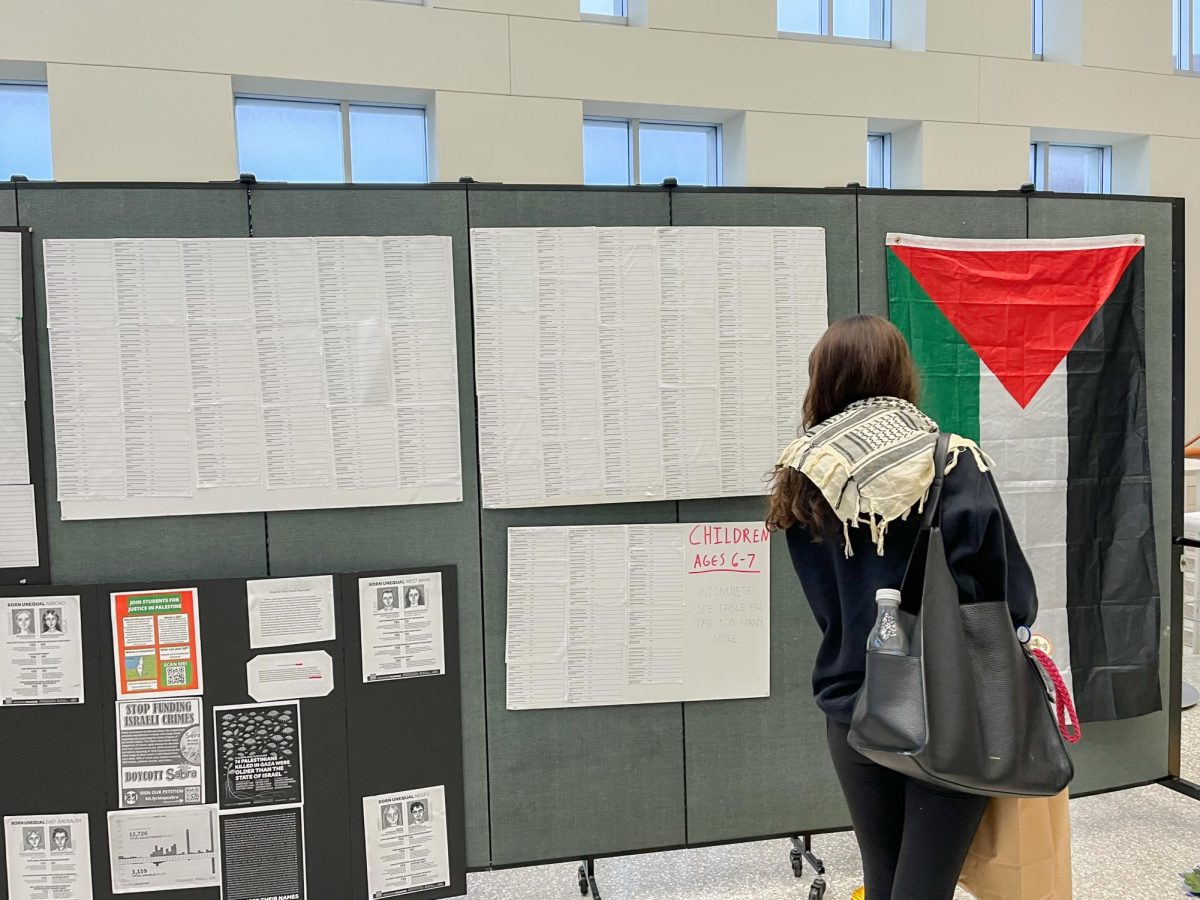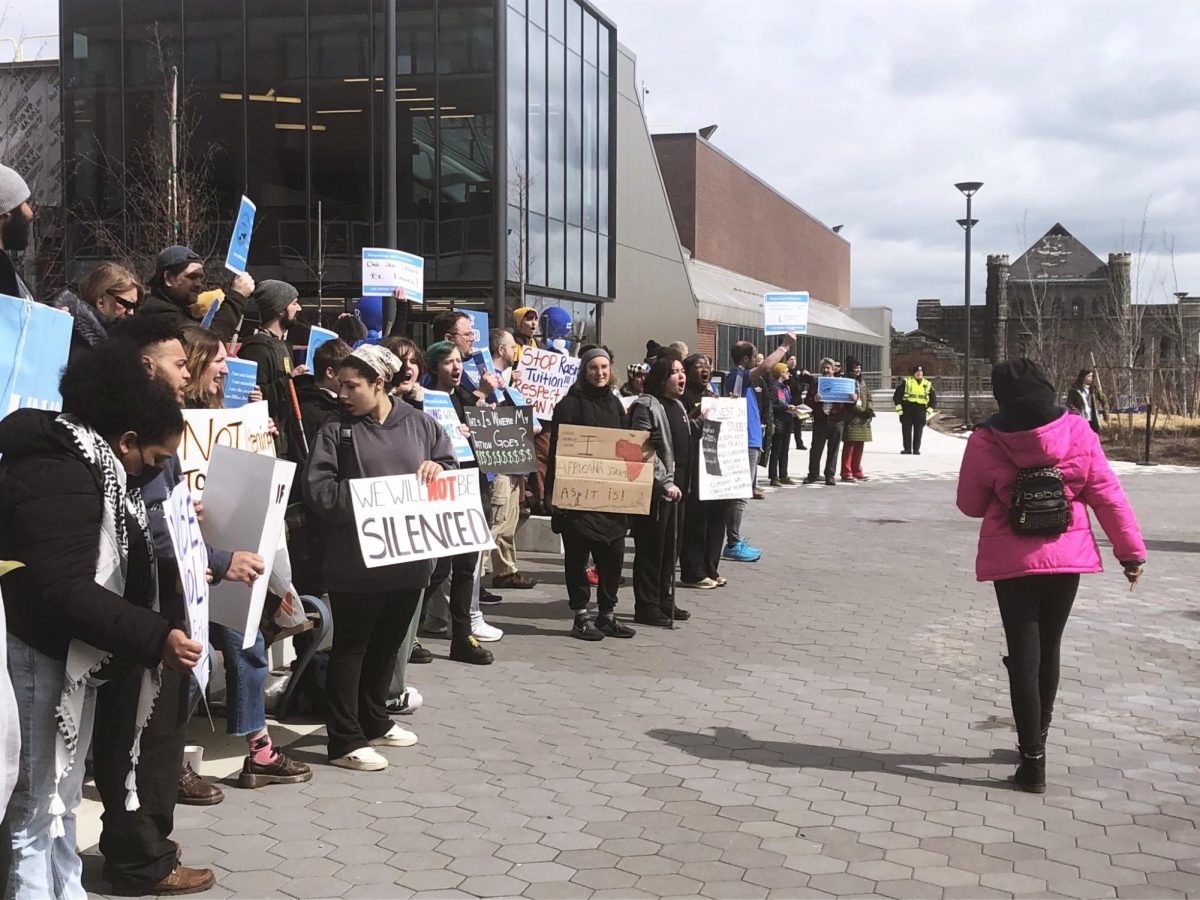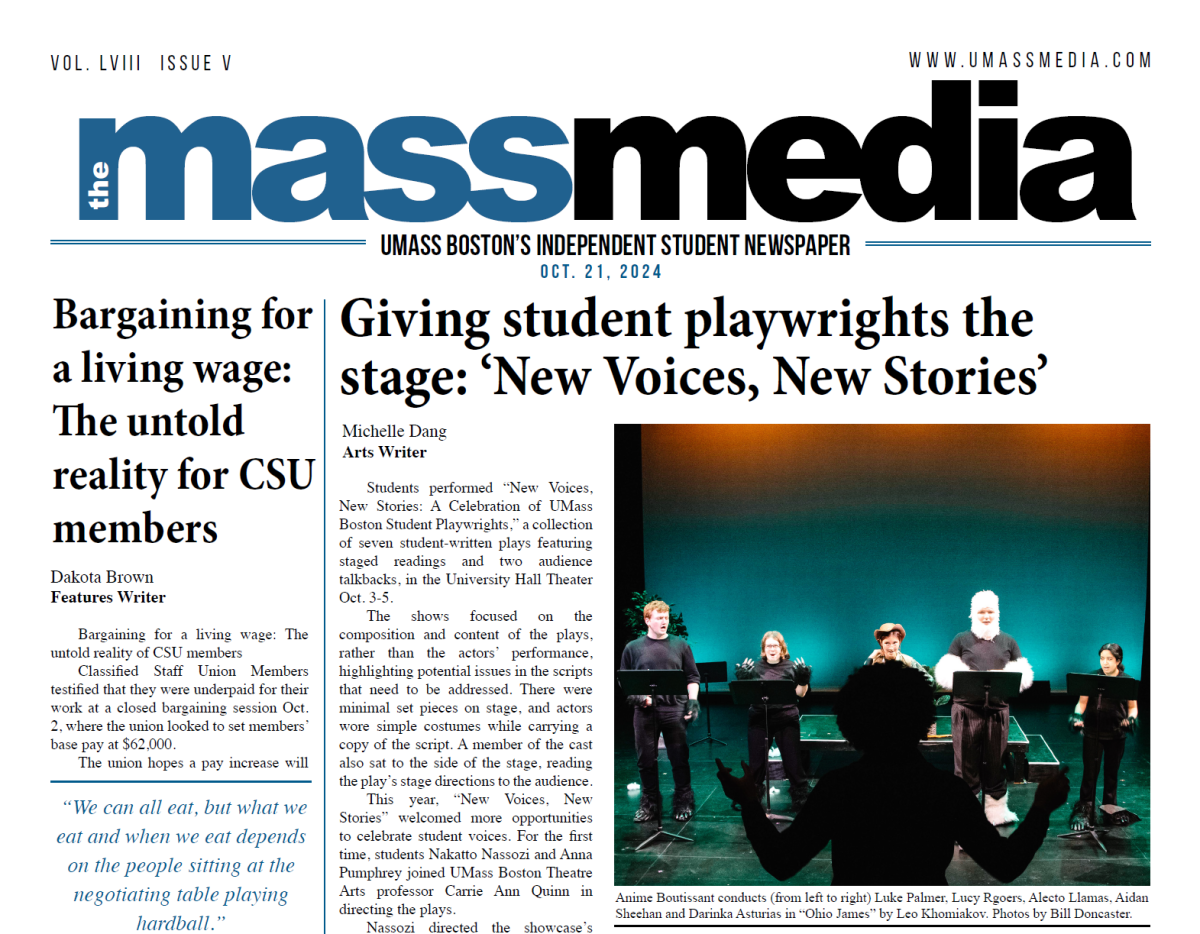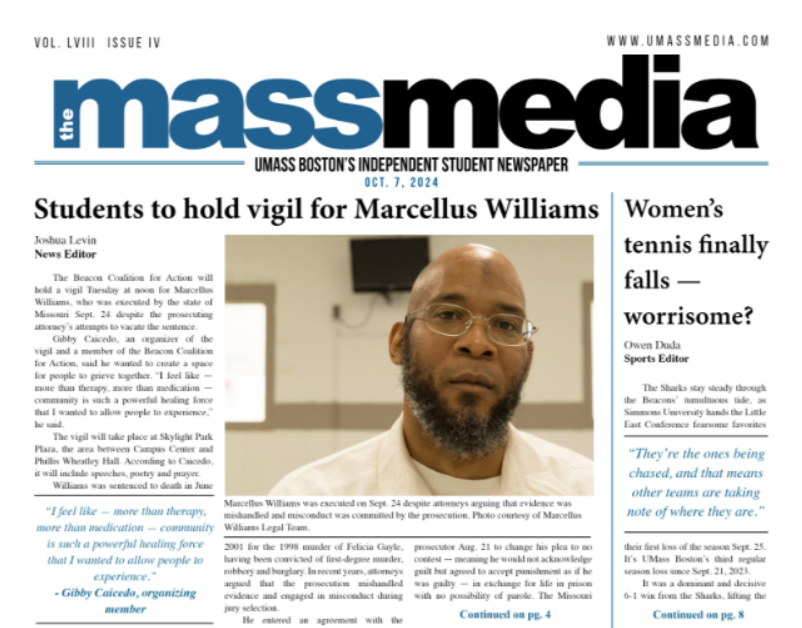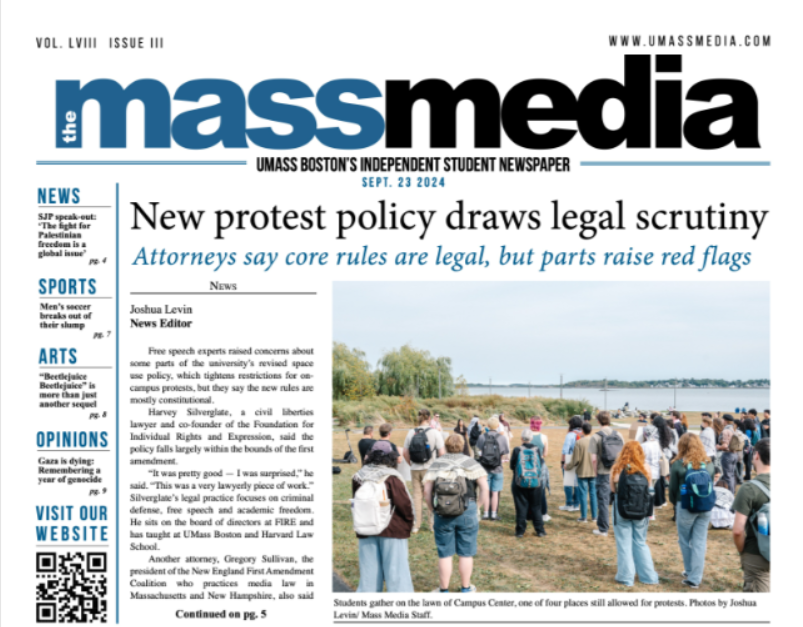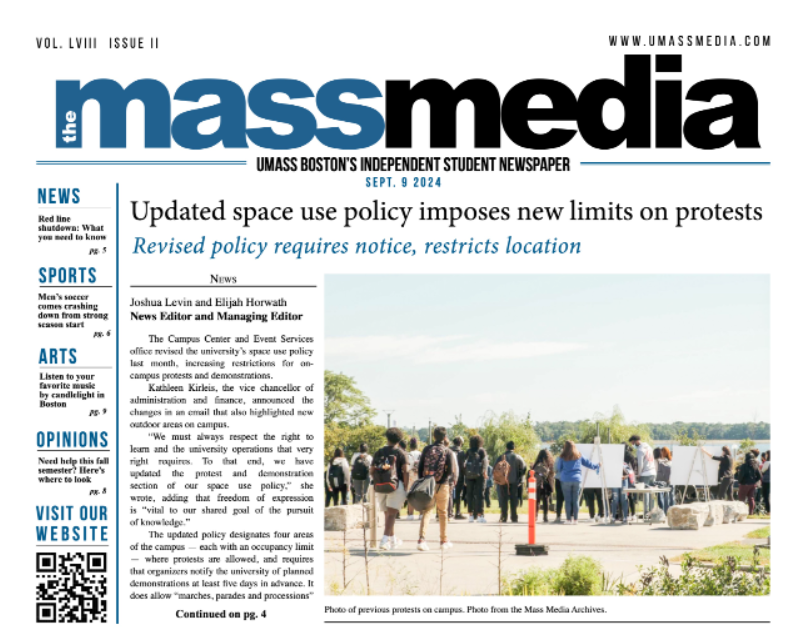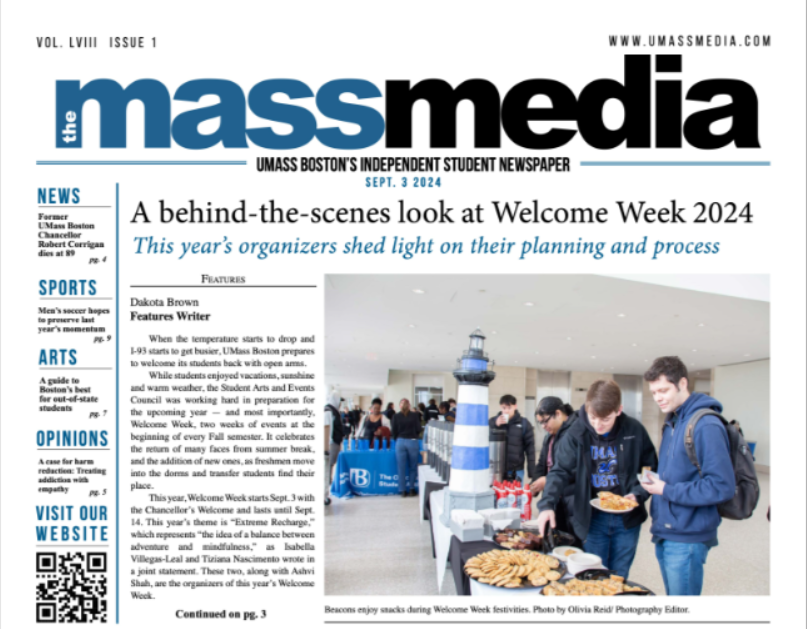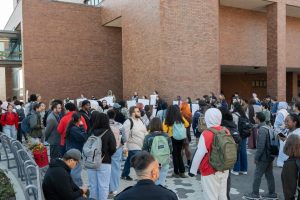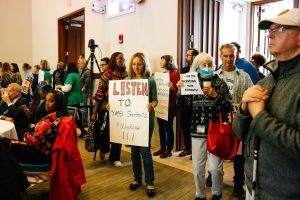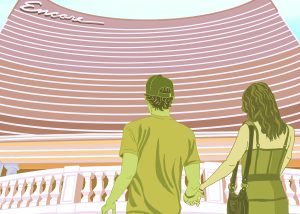Additional Parking in the Rear

February 5, 2007
Seven months following the initial closing of UMass Boston’s campus garage, the university administration has finally met, and slightly surpassed its initial goal of restoring the parking accessibility to its original capacity. Two new lots have been created this semester on the northern side of the campus, adding an additional 720 parking spaces, while three of last semester’s lots have been temporarily taken out of service.
In July 2006, the administration was forced to close off all access to lower and upper level garages because of mounting safety concerns that had been developing as the garage deteriorated over the years.
But with the addition of University Lot A, located across from the track field, and University Lot D, a bit further away across from Mt. Vernon Street, the current capacity of the campus’s parking has reached a total of 2,323 spaces, an improvement of 200 spaces beyond what was available prior to the garage’s closing. University Lot C and University Lot B, located north east of the Clark Athletic Center and formally known as University Drive Lots A, B, and C, have been taken out of use as they are prepared for better drainage for future pavement. Once these two lots are back in use, the total available parking space will rise dramatically to a total of 2,693 spaces.
Though this addition and subtraction of available lots might be creating extra headache for commuters who had just gotten settled into last semesters parking scheme, the current total of available parking spaces currently exceeds the number that the university was able to sustain prior to the garage’s closing last year.
But don’t get too excited at the sizable grand total that’s being touted under the administration’s new parking plan. Today’s parking plan is not necessarily indicative of the more permanent solution that will be part of Chancellor Collins’ “Master Plan.” The plan involves many aspects of the future of the campus, including a possible new academic building and tentatively plans for residential housing.
Several lots, or sections of lots, remain graveled with no immediate plans to pave simply because their future as a parking space is still uncertain. Some of the lots such as the formerly grassy areas in the South Lot, as well as the Healey Lot, are open to the possibility of being re-converted back to their original state.
The future of the new University Lot A in particular seems to be surrounded by rather cryptic language. In a memo sent out from Ellen O’Connor, the Vice Chancellor for Administration and Finance, Lot A will “probably be used for parking only briefly, and is therefore a gravel lot.” The memo was unclear as to the reasons behind its temporary status, but Steve Martinson, the Director of Parking and Transportation, enigmatically elaborated on the future of Lot A, saying that “keeping gravel allows it to remain available for other uses.” The university is still yet to announce where a suitable site for proposed “living learning communities,” commonly referred to as dorms, but there is speculation that the current U. Lot A could be a likely candidate.
Some of the additional inconveniences brought on by the still-a-work-in-progress parking plan are more than just minor annoyances.
Campus Safety has reported a slight increase in minor car accidents since the closing of the garage and the subsequent introduction of unpaved gravel lots. Chief of Campus Safety Philip O’Donnell said that, while admitting there was a noticeable increase in the reports of minor accidents from fall 2005 to fall 2006 semesters when the new plan first came into effect, any number of factors could have contributed to these statistics, among them increased student enrollment. This semester, Campus Safety has made an effort to more strictly regulate existing traffic laws in order to counter these rising incidents. Plans are also in the works to install a traffic light between the Clark Center and the University Lots.
Safety will only continue to become a greater concern if and when the winter months finally prove to produce significant amounts of snowfall. There were many questions last semester as to how the gravel lots would hold up in severe weather conditions, be they heavy rain or snow, but luckily these worst-case scenarios have yet to test the administration’s plans.

